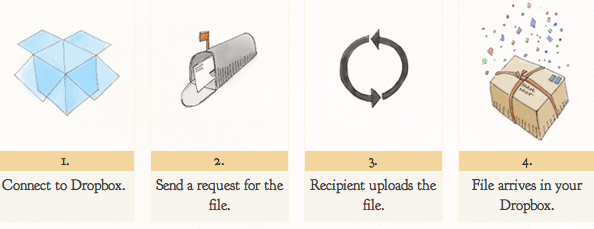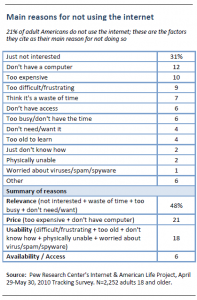 I attended a local business networking event last night, and was amazed at the number of business owners who are NOT on Twitter.
I attended a local business networking event last night, and was amazed at the number of business owners who are NOT on Twitter.
After doing the typical networking “elevator pitch dance”, when I got around to asking people for their Twitter handle, there were various reasons as to why they didn’t use Twitter. Most of the time, folks really didn’t see how Twitter could help their business. So most of my time spent at the event was schooling folks on how I use Twitter for my business.
So while researching a small biz topic to write about (I’m a last minute type of guy) I decided to give you are quick breakdown of Tony R. Taylor’s FREE report “I Don’t Get Twitter” – 5 Answers To Getting Greater Results Using Twitter For Your Business.
In the report, Tonya explains how people typically view Twitter, goes over how people who are not on Twitter reach out to their audience, and of course, why small biz owners should be on Twitter.
The real “meat and potatoes” of the report is Tonya’s breakdown of how small biz owners can get the most out of Twitter by answering the top 5 questions of small biz owners interested in learning more about Twitter. Without giving TOO much of it away, here are her top 5 questions small biz owners have about Twitter:
#1 – What’s the biggest mistake Small Business Owners who don’t get Twitter make?
#2 – Where should Small Business Owners who don’t get Twitter focus most of their initial effort?
#3 – What have businesses done specifically that has been very successful?
#4 – Give Small Business Owners who don’t get Twitter 5 quick ways to use Twitter for business.
#5 – What’s the easiest thing Small Business Owners who don’t get Twitter can do right now to see results?
Tonya’s report goes in depth to answering the above questions (in a short, sweet, and to the point way) to give any small biz owner looking to: Rub elbows with other industry professionals; reach a larger market; create better relationships with customers/clients; AND MAKE MONEY (notice how I put that last) via Twitter. She also gives the fact, figures, and statistics about small biz owners who do successfully use Twitter and dishes out information about her Twitter Quick-Start Academy for professionals looking for even more information, and results, out of Twitter.
For more information about Tonya R. Taylor, her company Rising Star Ideas, and to get her FREE report “I Don’t Get Twitter!” – 5 Answers To Getting Greater Results Using Twitter For Your Business, follow @risingstarideas on Twitter
*Notice how I am forcing you to go on Twitter in order to get more information about Twitter*







